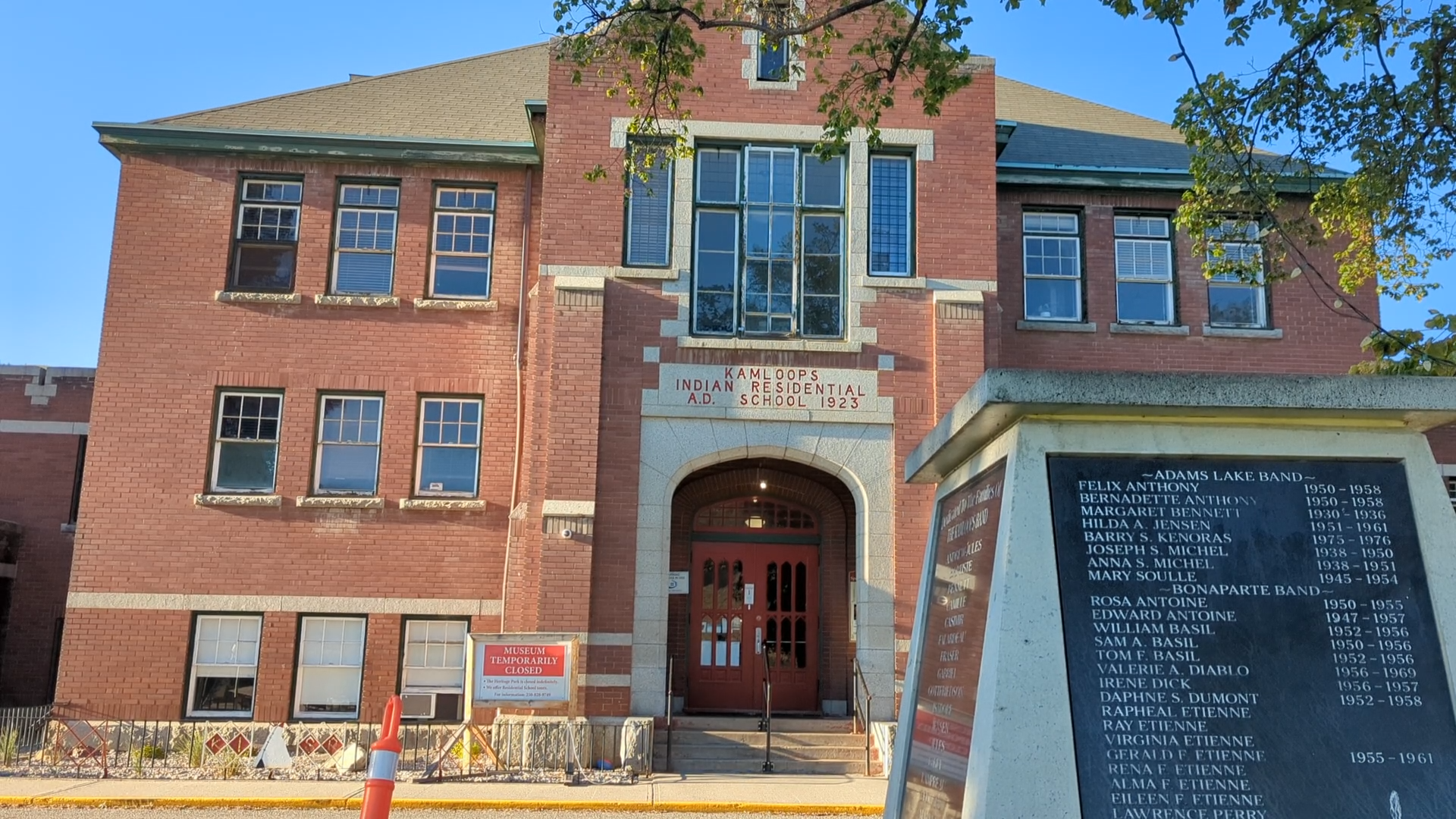Chapter 15. Psychology in Our Social Lives
Psychology in Our Social Lives Introduction
Amelia Liangzi Shi
Approximate Reading Time: 4 minutes

Canada has a long history of immigration from all parts of the world. Over time, many of these groups have experienced prejudice and discrimination, for instance, Japanese immigrants during World War II and Chinese labourers building the railroads. However, immigrants to Canada and their offspring have also shown prejudice and discrimination towards, for example, Indigenous Peoples. In the past, Indigenous Peoples were treated unfairly through colonization policies. They were viewed as less important, and therefore they didn’t get the same rights as others. For over a century, their children were removed from families and placed in residential schools where they were punished for using their native language and practicing their culture, and were frequently sexually and physically abused by church members and others who administered the schools. Other political policies had widespread and negative consequences for the lives of Indigenous Peoples.
In 2007, a Truth and Reconciliation Commission was established to facilitate reconciliation among former students at Residential Schools, their families, their communities, and Canadians in general (Government of Canada, 2019). The process, which involved 6500 people testifying to their experiences, resulted in a six-volume final report that included 94 calls to action for increasing reconciliation between Indigenous Peoples and all Canadians. Visit the National Centre for Truth and Reconciliation Reports to read the recent annual reports.
Social psychology has a role to play in the reduction of cultural biases. Social psychology is the scientific study of how we feel about, think about, and behave toward the other people around us, and how those people influence our thoughts, feelings, and behaviour. In this chapter, we will learn about how we form impressions of other people, and what makes us like or dislike them. We’ll explore how we understand and predict the behaviour of ourselves and others. We’ll also see how our attitudes influence, and are influenced by, our behaviour. Then, we’ll explore how people behave in groups. We’ll see what helps or makes it harder for groups to work well together and make good decisions. Finally, we will consider the social psychology of interpersonal relationships. For example, why do people help each other or sometimes act aggressively when they feel threatened?
Image Attributions
Figure SL.1. Kamloops Indian Residential School photo by BCcampus is licensed under a CC BY 4.0 license.
To calculate this time, we used a reading speed of 150 words per minute and then added extra time to account for images and videos. This is just to give you a rough idea of the length of the chapter section. How long it will take you to engage with this chapter will vary greatly depending on all sorts of things (the complexity of the content, your ability to focus, etc).

